What does your insurance cover in the event of hail damage to your car?
The partial cover of your motor vehicle insurance assumes the repair costs for hail damage and storm damage.
Unlike a claim in the comprehensive insurance, you do not rise in the no-claims class (percentages).
Hail damage, what should I do?
In case of hail damage, you should always take photos of your car. If possible, also take pictures of the fallen hailstones so that the insurer can see how large the hailstones were. Also, contact your insurer as soon as possible. They will be able to tell you if you can get the car repaired and what needs to be done.
Car hail damage abroad
Are you going on vacation with your car and have to deal with hail damage? If so, your partial casco insurance usually provides sufficient coverage abroad as well. On your green card you can see in which countries your car insurance is valid.
Since it is difficult for the insurer to verify whether it actually hailed during your vacation abroad, it is advisable to ask the campsite or hotel owner to prepare a statement. Also, take your own pictures of the damage and hailstones. This will help your insurer assess the damage.
How do we determine the damage?
Hailstones can be so large and heavy that they cause dents on cars. Damage ranges from small dents a few millimeters in diameter to large dents sometimes more than 10 centimeters in diameter. Each hailstorm is different and causes different damage. On the roof alone, more than 500 dents are possible. Even two cars that were side by side in a hailstorm can have completely different damage.
There are three categories of damage:
- Slightly damaged: up to 200 dents
- Average damage: up to 500 dents
- Heavily damaged: 700 dents or more
If necessary, we first clean the outside of the car, then mark and count the dents. We work with the hail damage calculation system from Audatex or DAT. Based on the type of car, number of dents and size, an accurate damage calculation is made.
How can we repair the damage?
We repair your car with Paintless Dent Repair. Dents are pressed or pulled out of the sheet metal with the help of special tools.
For this purpose we make the dent more visible with a special lamp with shadow lines. In this way, the dent can be seen precisely and can be repaired meticulously. This is an extremely precise job that requires a lot of practice. Our hail technicians have practiced on smaller and larger dents for years to master the art. We only work with the best professionals.
The process of repairing hail damage is as follows:
1. you report the damage to your car insurance company and make an appointment for an appraisal.
2. as soon as the expert opinion is available, you can arrange a repair appointment with us.
3. a disassembly/assembly specialist will, depending on the damage, disassemble necessary parts so that the hail technicians can reach all dents. Then the hail dents will be removed using the *DoL method.
4. the vehicle will be reassembled and undergo a final quality check.
*Dent removal without painting (DoL) can be applied to all makes and models of cars, including vans and transporters. This method can be used to repair all sheet metal and aluminum parts. In some cases we also have solutions for plastic parts, although these are more flexible and much less likely to be damaged by hail.
How much does a repair cost?
We prepare an accurate calculation of the damage based on the size and number of dents per component using the Audatex or DAT calculation system. This includes the cost of disassembly and assembly work.
If you have partial coverage insurance, the repair is basically free of charge for you, except for the deductible.
How is hail formed?
Mostly, hailstorms occur in summer. Due to high temperature differences between the ground and the atmosphere, water vapor from the lower part of a thundercloud can rise up into the colder atmosphere. There, the vapor becomes water droplets, freezes and grows into hailstones. This happens until the weight of the hailstones exceeds the force of the updraft and they fall to the ground.


